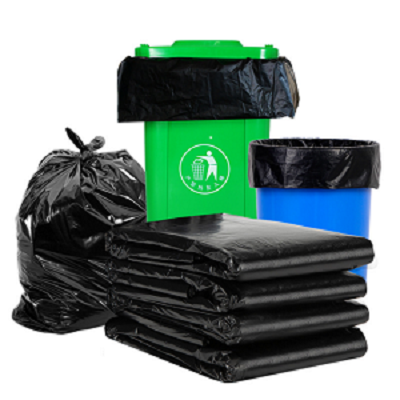What Makes Plastic Packaging Bags a Versatile Solution for Modern Product Packaging?
2025-07-09
In today’s fast-paced and highly competitive market, product packaging plays a crucial role in protecting goods, communicating brand identity, and influencing consumer choices. Among the many types of packaging materials available, plastic packaging bags remain one of the most widely used—and for good reason. Their versatility, functionality, and cost-efficiency make them a go-to solution across numerous industries, from food and retail to electronics and pharmaceuticals.
So, what exactly makes plastic packaging bags such a versatile option for modern product packaging? Let’s explore the key factors behind their continued popularity.
1. Wide Range of Applications
Plastic packaging bags can be tailored to suit almost any product, regardless of size, weight, or shape. They are used to package snacks, frozen foods, hardware tools, medical supplies, garments, accessories, and more. The flexibility of plastic allows it to be molded, sealed, and shaped in countless ways to meet specific packaging requirements.
Whether it’s a resealable zipper pouch for coffee beans or a vacuum-sealed bag for electronics, plastic bags can be engineered to serve highly specialized purposes while still being lightweight and easy to use.

2. Lightweight Yet Durable
One of the most notable advantages of plastic packaging is its strength-to-weight ratio. Plastic bags are lightweight, which helps reduce shipping costs, yet they offer impressive durability. Many types are resistant to punctures, tearing, moisture, and chemicals, making them ideal for both retail and industrial use.
This durability ensures that products remain protected throughout the supply chain—from production and warehousing to transportation and retail display.
3. Customizable Design and Branding
Plastic packaging bags offer excellent flexibility in design, enabling brands to customize shape, size, color, and print with ease. High-quality printing techniques can be used to display logos, product information, and promotional messages, helping to build brand recognition and influence purchasing decisions.
The surface of plastic bags provides a clean canvas for creative branding, and features like matte or glossy finishes, windows, and hang holes can further enhance their visual appeal and shelf presence.
4. Cost-Effective Production
Plastic packaging bags are relatively inexpensive to produce, especially in large volumes. Their efficient manufacturing process, combined with the ability to be mass-produced quickly, makes them a cost-effective choice for businesses looking to balance quality and budget.
For small businesses and large manufacturers alike, plastic packaging offers an affordable solution without compromising on functionality or aesthetics.
5. Functional Features for User Convenience
Modern plastic bags come with added features designed for user convenience. These may include resealable zippers, tear notches, handles, spouts, and barrier layers that help preserve freshness or protect against contamination. These features enhance the end-user experience and make the product more practical for everyday use.
In food packaging, for example, resealable plastic bags help extend shelf life and prevent waste, while in the cosmetics industry, flexible pouches with nozzles improve portability and application.
6. Space-Efficient and Easy to Store
Plastic bags are compact and can be stored or stacked easily, saving space both in warehouses and on retail shelves. Their lightweight and flexible structure also make them easy to transport and handle, contributing to a more efficient logistics process.
For consumers, plastic packaging bags are equally space-efficient—easy to open, store, and reuse, which adds to their appeal in a clutter-conscious world.
7. Evolving Toward Sustainability
While plastic has faced scrutiny for its environmental impact, advances in material science are driving the development of more sustainable options. Today, many plastic packaging bags are made with recyclable, biodegradable, or compostable materials. Brands are also adopting thinner, lightweight designs that use less plastic without sacrificing strength.
In addition, the growing availability of recycling programs and consumer awareness is helping to create a more circular lifecycle for plastic packaging.
Plastic packaging bags continue to play a key role in modern product packaging because they offer a unique combination of flexibility, protection, convenience, and affordability. Their adaptability across industries and product types makes them a reliable solution for businesses looking to meet both functional needs and consumer expectations.
As packaging trends evolve to emphasize sustainability and innovation, plastic packaging bags are also advancing—proving that with the right materials and design, plastic can remain a practical and responsible choice for the future of packaging.